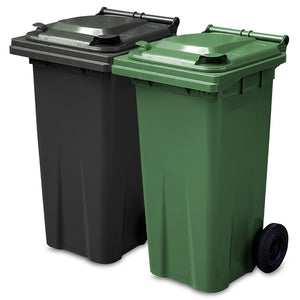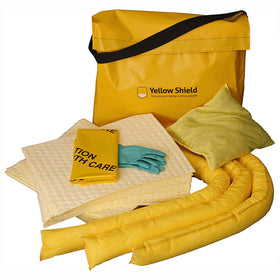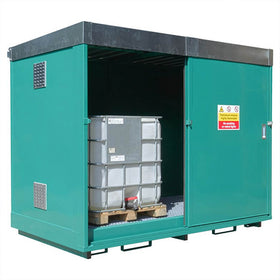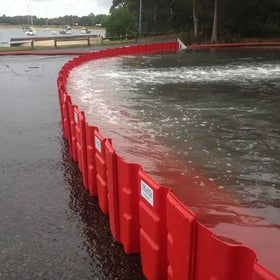What is a Containment Boom? Understanding its Role in Oil Spill Response and Environmental Protection
When it comes to mitigating the impact of oil spills on marine ecosystems and coastal environments, rapid and effective containment is crucial. One of the most important tools used in oil spill response and environmental protection is the containment boom. In this blog, we will explore what a containment boom is, its various types, and its significant role in preventing and controlling oil spills.
Understanding Containment Booms
A containment boom is a floating barrier specifically designed to contain, control, and deflect oil spills on water bodies such as oceans, rivers, lakes, and harbors. These booms create a physical barrier between the spilled oil and the surrounding water, preventing its further spread and allowing for easier recovery and cleanup operations.
Types of Containment Booms
There are several types of containment booms available, each designed to suit different environmental conditions and specific spill scenarios. The most common types include:
Permanent Booms: As the name suggests, permanent booms are installed in strategic locations where the risk of oil spills is relatively higher, such as near oil terminals or sensitive ecological areas. They remain deployed on a continuous basis, ready for immediate response to any potential spills.
Inflatable Booms: Inflatable booms are lightweight and easy to transport. They can be quickly inflated and deployed during emergencies, making them ideal for rapid response situations where time is of the essence.
Sorbent Booms: Unlike traditional booms that rely on containment, sorbent booms are designed to absorb and remove oil from the water. They contain sorbent materials, such as polypropylene, which soak up the oil as it passes through the boom.
Curtain Booms: Curtain booms, also known as fence booms, are used in areas with strong currents or waves. These booms hang vertically in the water, forming a barrier that prevents the oil from spreading, while still allowing water to flow through.
Role of Containment Booms in Oil Spill Response
Quick Deployment: Containment booms can be rapidly deployed in the event of an oil spill, providing an immediate line of defense against further contamination of water bodies.
Limiting Oil Spread: By effectively containing and confining the spilled oil, these booms prevent it from spreading over large areas, which helps in minimizing the environmental impact.
Facilitating Recovery: Containment booms make it easier for skimmers and other oil recovery equipment to collect and remove the spilled oil from the water's surface, accelerating the cleanup process.
Protection of Sensitive Areas: By strategically placing booms around ecologically sensitive areas, such as wetlands and estuaries, containment booms act as a protective barrier, safeguarding these valuable ecosystems from oil exposure.
Deflection and Diversion: Some booms are designed to deflect or redirect the oil away from particularly vulnerable areas, thereby reducing the risk of contamination.
Conclusion
The containment boom plays a critical role in oil spill response and environmental protection. Its ability to rapidly contain and control spilled oil helps to limit the extent of contamination and minimize the devastating impact on marine life, coastal environments, and local economies. By understanding the different types of booms and their applications, we can better equip ourselves to respond effectively to oil spills and work towards preserving the delicate balance of our oceans and waterways. As we continue to focus on oil spill prevention and response strategies, the containment boom remains an essential tool in our arsenal to protect our planet's precious natural resources.




